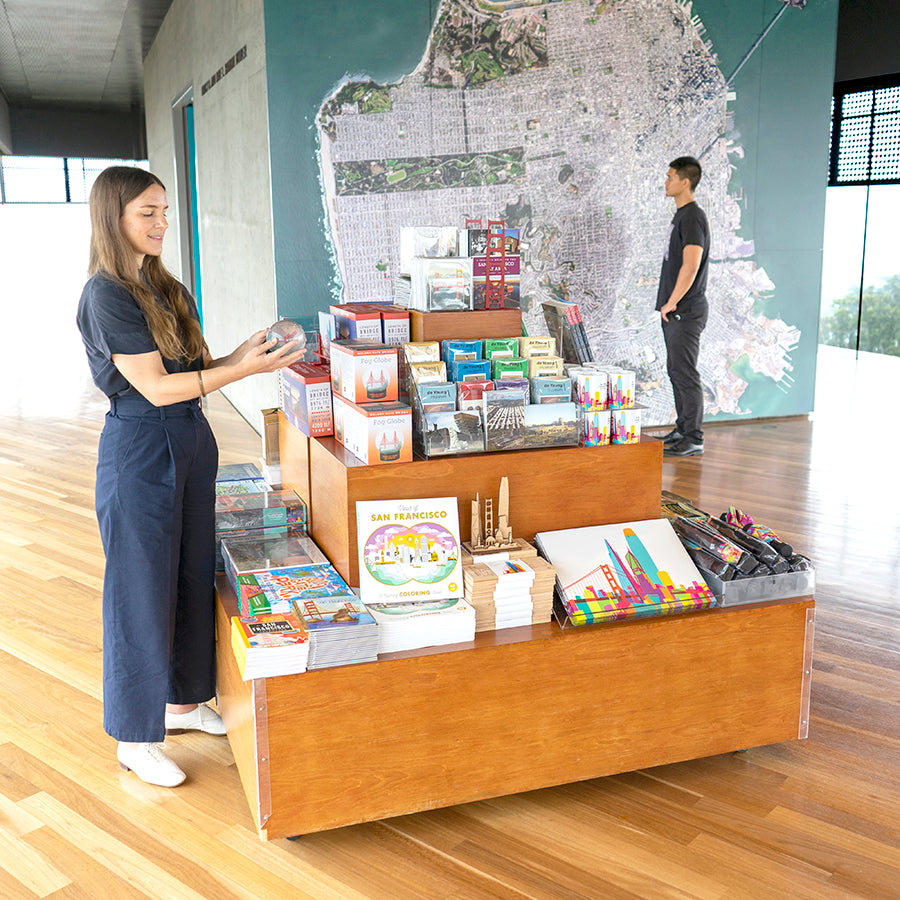Shop the Monet and Venice Gift Package & VIP tickets—the perfect gifts for Valentine's Day!
Plan your visit at famsf.org
Every purchase in our stores directly support the collections and exhibitions of the de Young and Legion of Honor museums.
Every purchase in our stores directly support the collections and exhibitions of the de Young and Legion of Honor museums.
Every purchase in our stores directly support the collections and exhibitions of the de Young and Legion of Honor museums.
Every purchase in our stores directly support the collections and exhibitions of the de Young and Legion of Honor museums.
Every purchase in our stores directly support the collections and exhibitions of the de Young and Legion of Honor museums.
Every purchase in our stores directly support the collections and exhibitions of the de Young and Legion of Honor museums.
Every purchase in our stores directly support the collections and exhibitions of the de Young and Legion of Honor museums.
Every purchase in our stores directly support the collections and exhibitions of the de Young and Legion of Honor museums.
Catlett is a singular cultural figure of the global 1960s, and a new appreciation of her is tailor made for the current zeitgeist: between studying with Grant Wood at the University of Iowa and moving to Mexico, Catlett taught art at a HBCU in New Orleans--Dillard University--and spent her summers in Chicago, where she trained in ceramics at the School of the Art Institute and printmaking at the South Side Community Arts Center. She was briefly married in the 1940s to the painter Charles White, with whom she moved to New York and joined the Harlem artistic community. All of these experiences and communities left a mark on Catlett, but it was during her time in Mexico that she developed her printmaking and sculptural practices to maturity, free of the racism and political harassment she had encountered in the US. Working with a leftist workshop in Mexico City that specialized in the graphic arts and murals, she learned, in her own words, "how you use your art for the service of people, struggling people, to whom only realism is meaningful." She settled there permanently after marrying the Mexican artist Francisco Mora and coming under surveillance by the US government, which accused her of being a communist and declared her an "undesirable alien," barring her from reentry. But her art reflects her work on behalf of civil rights and literacy and women's and workers' rights on both sides of the border---a border that impeded her travel but not her commitment to participating in the Black Power and Black Arts movements. Denied entry to the US to attend a Black Arts gathering at Northwestern in 1970, Catlett ended up delivering her remarks over the phone from Mexico. "I was refused," she told attendees, "on the grounds that, as a foreigner, there was a possibility I would interfere in social or political problems, and thus, I constituted a threat to the well-being of the United States of America. To the degree and in the proportion that the United States constitute a threat to Black People, to that degree and more, do I hope I have earned that honor. For I have been, and am currently, and always hope to be a Black Revolutionary Artist, and all that it implies!" Hardcover, 304 pages.
Museum members receive 10% off all items from our museum stores, including sale items and custom Art on Demand prints.
Every purchase in our stores directly support the collections and exhibitions of the de Young and Legion of Honor museums.
